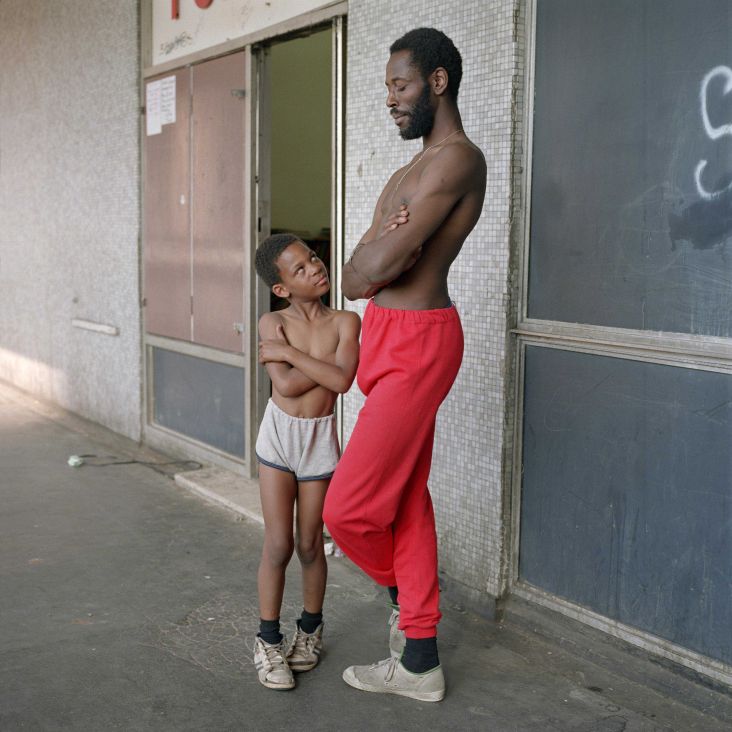The Bauhaus Legacy: Photographer Jean Molitor travels the world to track down a legend
Walter Gropius founded the Bauhaus in 1919 in Weimar. He brought arts and crafts together in a new kind of concept. In fine arts today, the historic Bauhaus is regarded as one of the great success stories of the twentieth century.
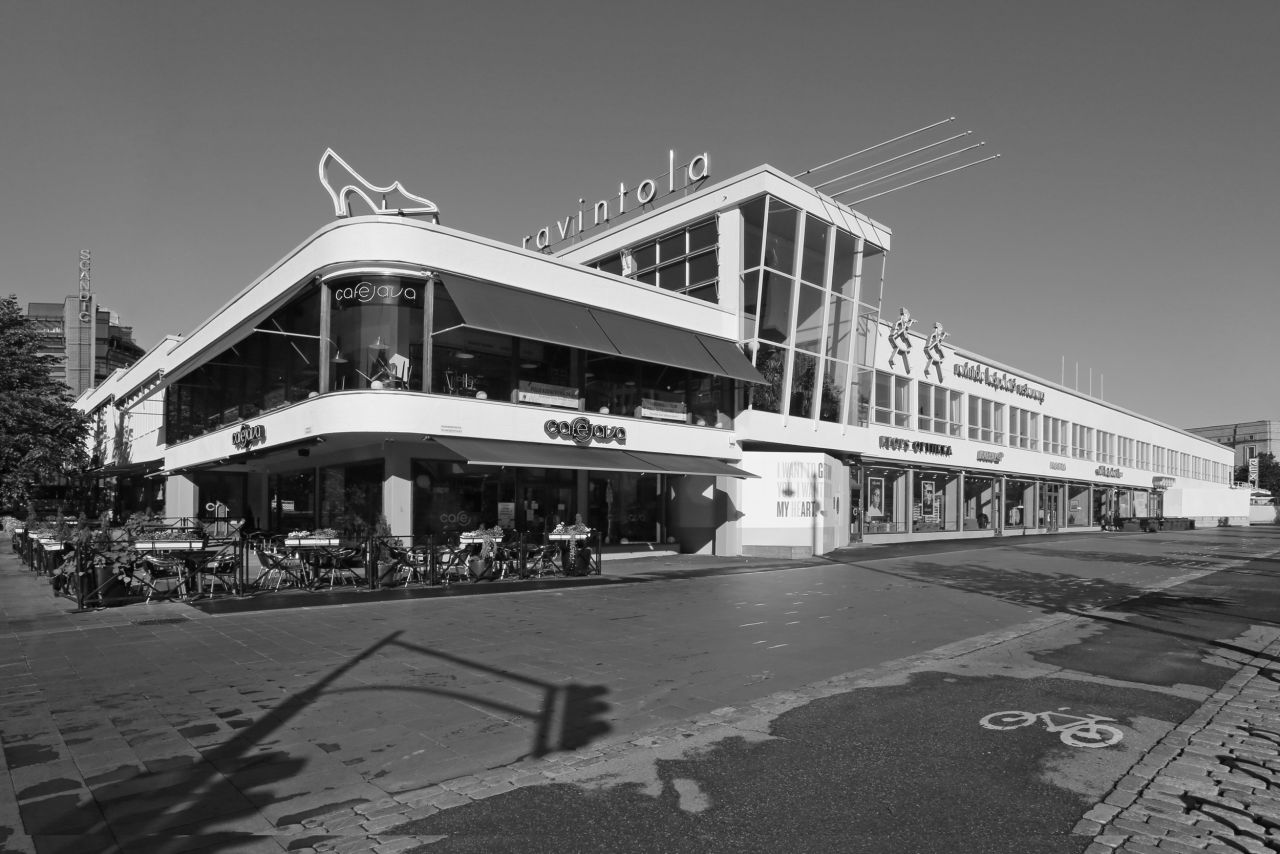
Lasipalatsi/Glass House, Helsinki, Finland, 1936 Lasipalatsi/Glass House, Helsinki, Finland, 1936 © Photo: Jean Molitor
Although it only existed for a mere fourteen years – from 1919 to 1933 – it is still known around the world as the home of the classic modern avant-garde in both the fine and the applied arts, as well as in architecture. The Bauhaus continues to resonate to this day and remains a considerable influence upon the imagery of modernist movements.
Since 2009, photographer Jean Molitor has been tracking these Bauhaus heirs across the world, and they are now being presented in his series, bau1haus, in an exhibition and new photo book, published by Hatje Cantz. Molitor’s art project focuses on the aesthetic of these buildings: he sees them as the central element in a movement that inspired an epoch, leading architecture, art, and design out of Art Nouveau and into modernism. His photographs document the borderless connections among the "Bauhauslers".
"The Bauhaus as a modernist process apparently effortlessly agrees with the current zeitgeist and architecture worldwide," writes the architecture historian, Kaija Voss, in the book's foreword. "Making global connections and cosmopolitan exchange visible is one of the goals of the art photo project bau1haus by the Berlin-based photographer Jean Molitor.
"It is a tribute to an era and to a specific style of constructing buildings. Modernism has spread throughout the entire world and under different names, such as the International Style in the United States, Art Deco in France, or Bauhaus, New Objectivity, New Building, Brick Expressionism, or Functionalism in Germany. The buildings themselves and the photographs by Jean Molitor stand above labels, definitions, and pigeonholes."
Whether set in Burundi, Guatemala, Romania, or Israel, the photographs in Jean Molitor’s new book, bau1haus - die moderne in der welt, testify to the influence that the Bauhaus exercises to this day. The eponymous exhibition can be seen until 28 October 28 at the BOX Freiraum in Berlin.
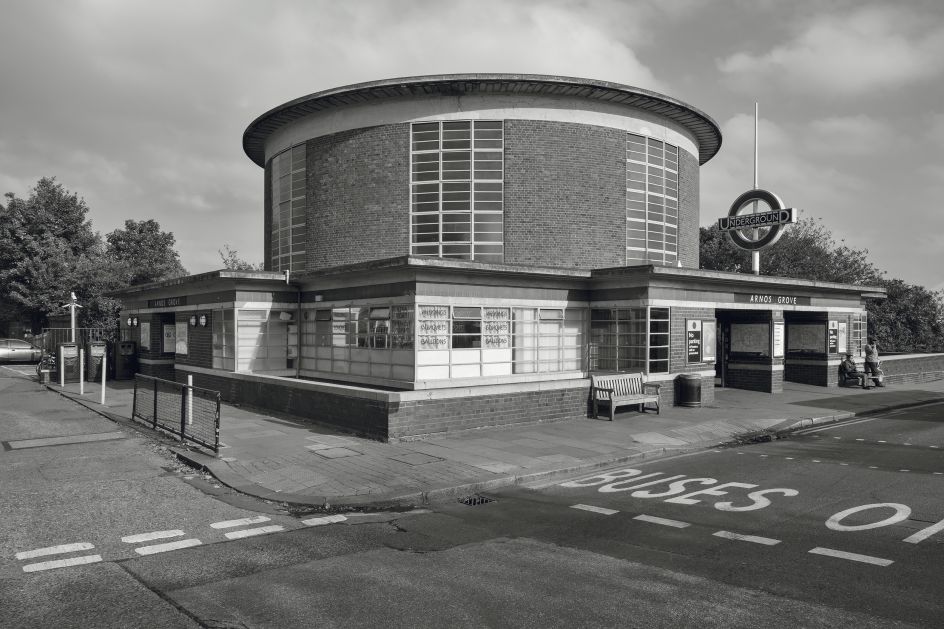
Metro Station Arnos Grove, London, UK, 1932 © Photo: Jean Molitor
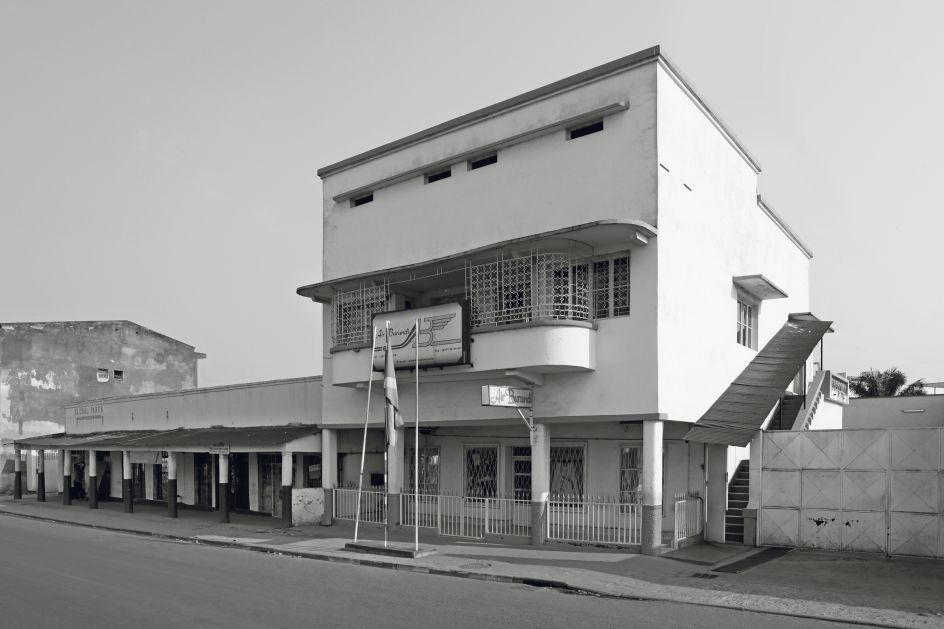
Office Building Air Burundi, Bujumura Burundi, around 1940 © Photo: Jean Molitor
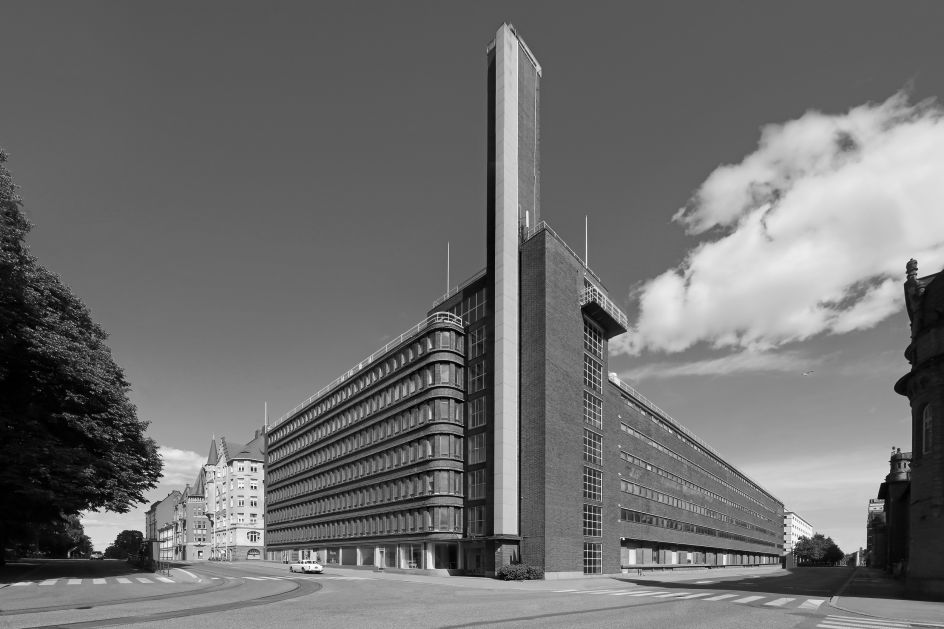
Kesko Headquarter, Helsinki, Finland, 1940 © Photo: Jean Molitor
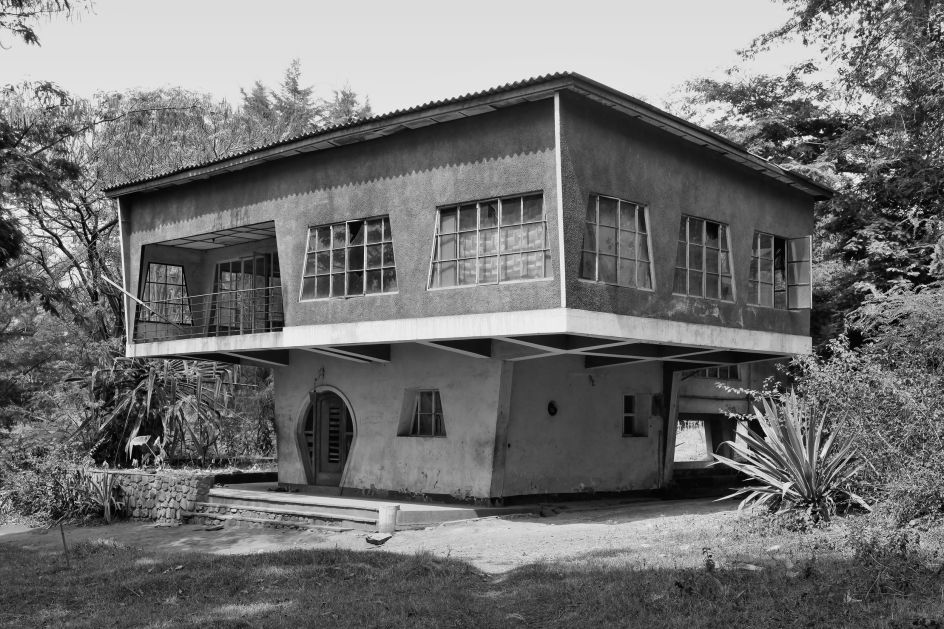
House "Le Champignon", Gitega, Burundi, around 1946 © Photo: Jean Molitor
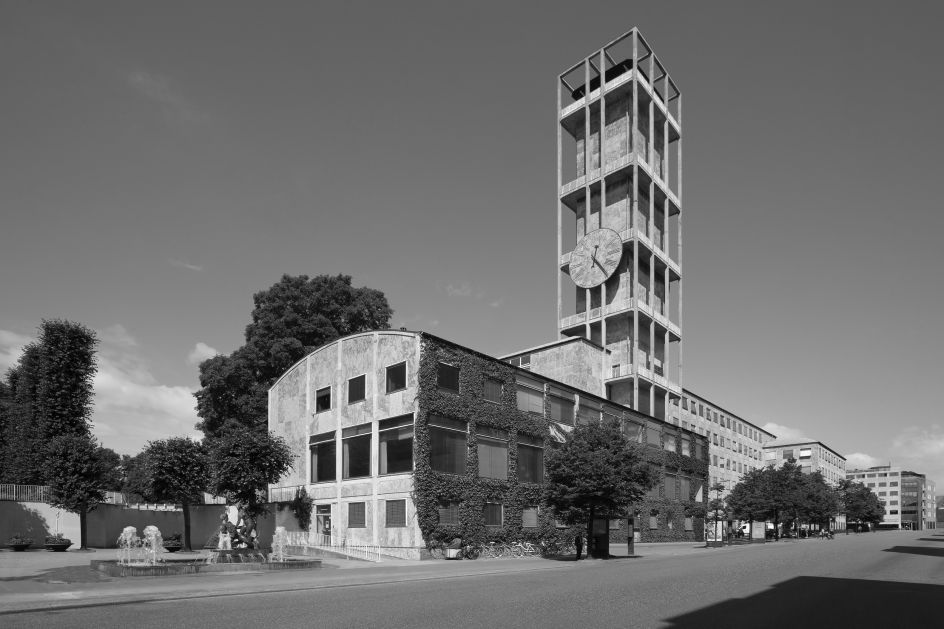
Town Hall, Aarhus, Denmark, 1939-41 © Photo: Jean Molitor
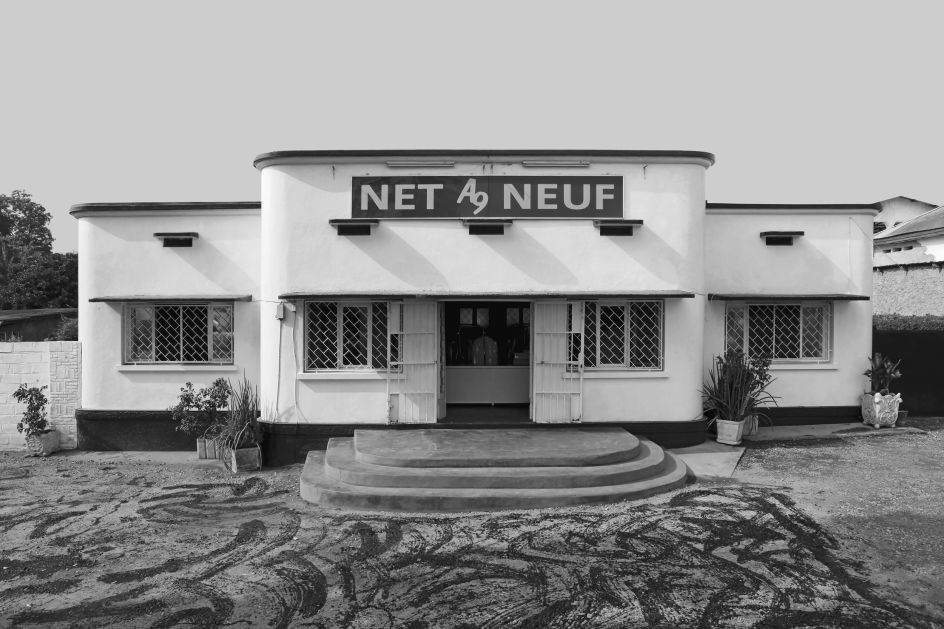
Building "Net a Neuf", Bujumbura, Burundi, around 1940 © Photo: Jean Molitor




 by Tüpokompanii](https://www.creativeboom.com/upload/articles/58/58684538770fb5b428dc1882f7a732f153500153_732.jpg)


 using <a href="https://www.ohnotype.co/fonts/obviously" target="_blank">Obviously</a> by Oh No Type Co., Art Director, Brand & Creative—Spotify](https://www.creativeboom.com/upload/articles/6e/6ed31eddc26fa563f213fc76d6993dab9231ffe4_732.jpg)








 / National Geographic Travel Photographer of the Year Contest](https://www.creativeboom.com/upload/articles/ac/acb96f34e8a965df8e66b2b03434919a0a65a866_732.jpg)






